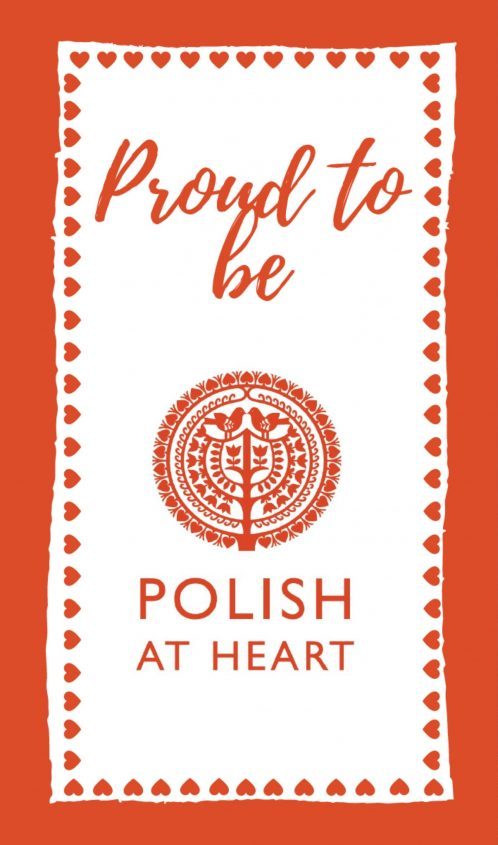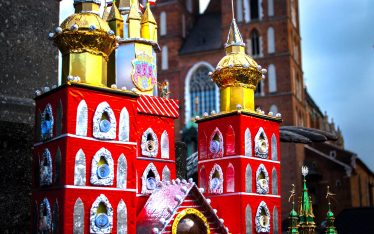As children, we would always have Wigilia (Christmas Eve) with our grandparents around a huge table in their old house, with our parents, uncle, aunt, older cousins and sometimes guests. All evening we would furtively look under the tree at the end of the table – (invariably we were sat as far away as possible), to see what Christmas presents were labelled for us. They always came from Aniołek (the Angel) and I just accepted it wholeheartedly. The beauty of this was that I never had that ‘aha’ moment that Aniołek doesn’t exist – after all, angels do exist don’t they?
Three Poles, four opinions
I ran a quiz amongst friends to see who brings the presents. Św. Mikołaj ( Santa, St. Nicholas) came out top but I was happy to see that Aniołek hasn’t been made redundant and still comes to a few people as did the traditional Gwiazdor.
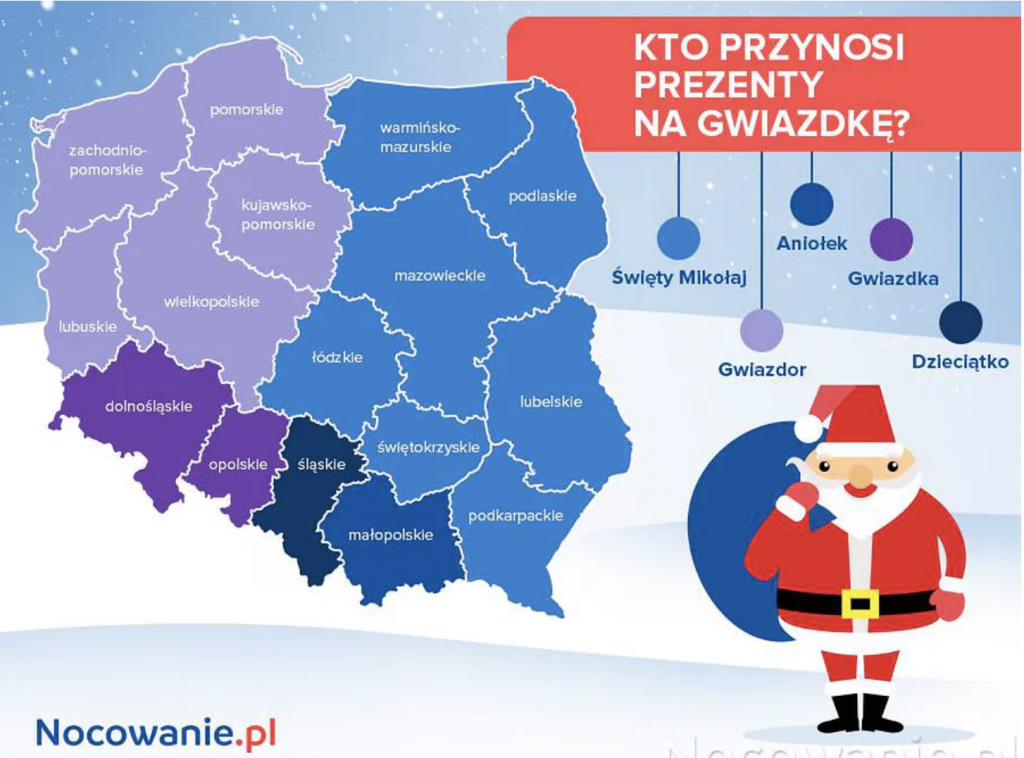
As seen on the map following larger research, the differences correspond roughly to the partitions of Poland in the 19th Century. After all, just as American culture has influenced modern Poland with Santa, 123 years under foreign rule played its part. Św. Mikołaj (St. Nicholas) still comes on his feast day 6th December, (now called Mikołajki) with sweets and small gifts. I personally don’t understand how he comes again on 24th bringing larger presents but contemporary Poles accept this without question. 6th December is clearly a trial run, perhaps a way to ensure children behave! I was always threatened with Św. Mikołaj leaving me a rózga (stick) instead of presents if I didn’t behave but perhaps that’s no longer the case.
Aniołek (the angel)
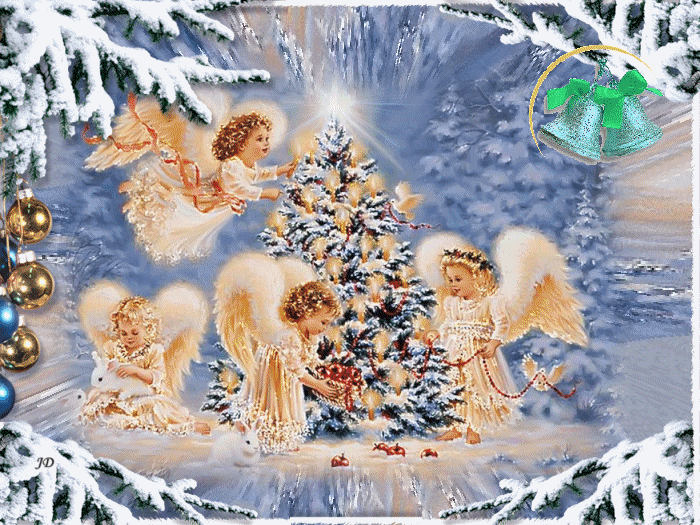
For families in Wielkopolska (southern Poland) and Podkarpacie (the lower Mountain region) it’s the Aniołek who visits children during the Wigilia supper. Also previously in Wołyń (Volynhia now in Ukraine) or the Kresy (Broderland areas). These areas had been part of the Austro-Hungarian Empire. The Aniołek cannot be seen in physical form and is therefore unnoticed by those around the table, returning quickly to his Kingdom of Heaven.
Gwiazdor (the Star Man)
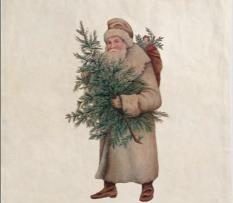
Gwiazdor (the Star Man) is a character from the traditional travelling Nativity plays and the Gwiazda (star) they carried. Dressed in a sheepskin and fur hat, he is sent from the Bethlehem star. He also used to bring a rózga (stick) for children who hadn’t behaved, so some traditions have merged over time. Gwiazdor might be familiar if you have origins in the Kaszuby (northern- most Poland), Lower Śląsk (Silesian) regions, Kujawy(north central Poland) and Lubusz lands around the Oder river.
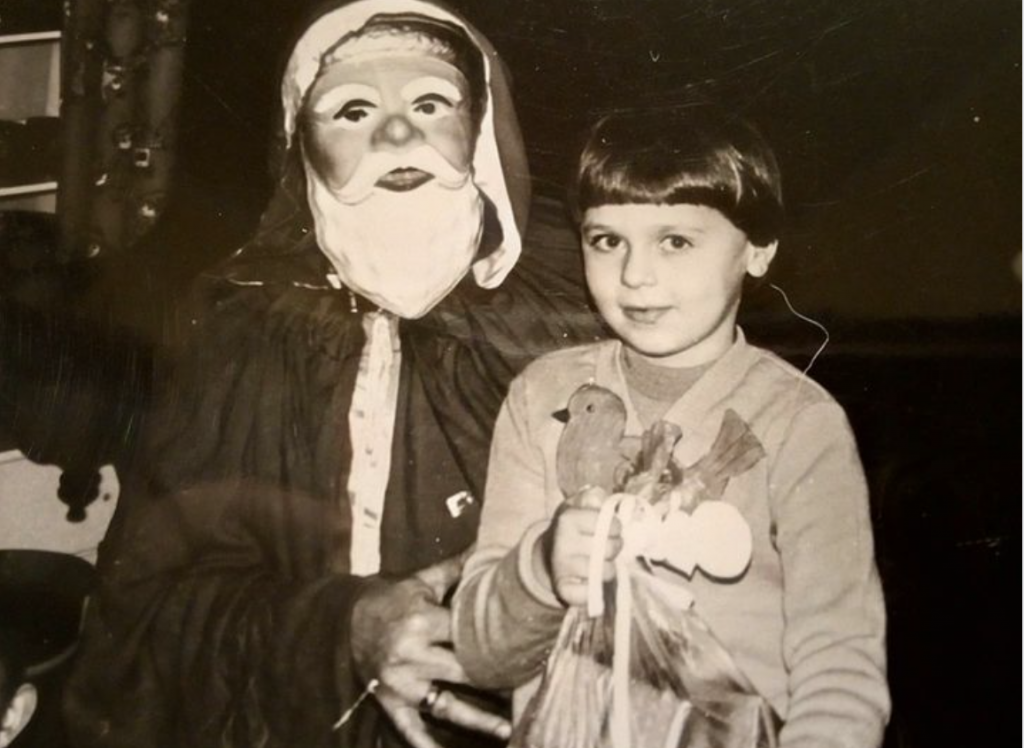
Sometimes Gwiazdor was accompanied by Józef with a long beard and moustache, checking if the children knew their prayers. Villagers would dress up as the Gwiazdor and visit households – he seems quite a scary character with a mask for a face but I think he was meant to be so, coming from a different world with origins in pre-Christian times. Other children are visited by the Bethlehem star.
Dzieciątko (Baby Jesus)
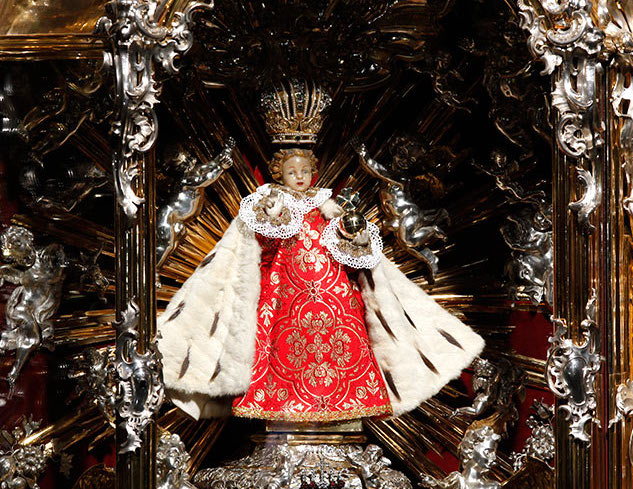
The Christ child, Baby Jesus is the one who brings presents to children in Upper Śląsk (Silesia). The Christ Child also brings presents to children in Slovakia, The Czech Republic, Croatia, Hungary, Italy and some catholic areas of Germany. It is from Prague that this traditions is said to evolve, from the cult figurine of Jesus in the Church of the Virgin Mary Victorious in Prague.
Święty Mikołaj (St.Nicholas)
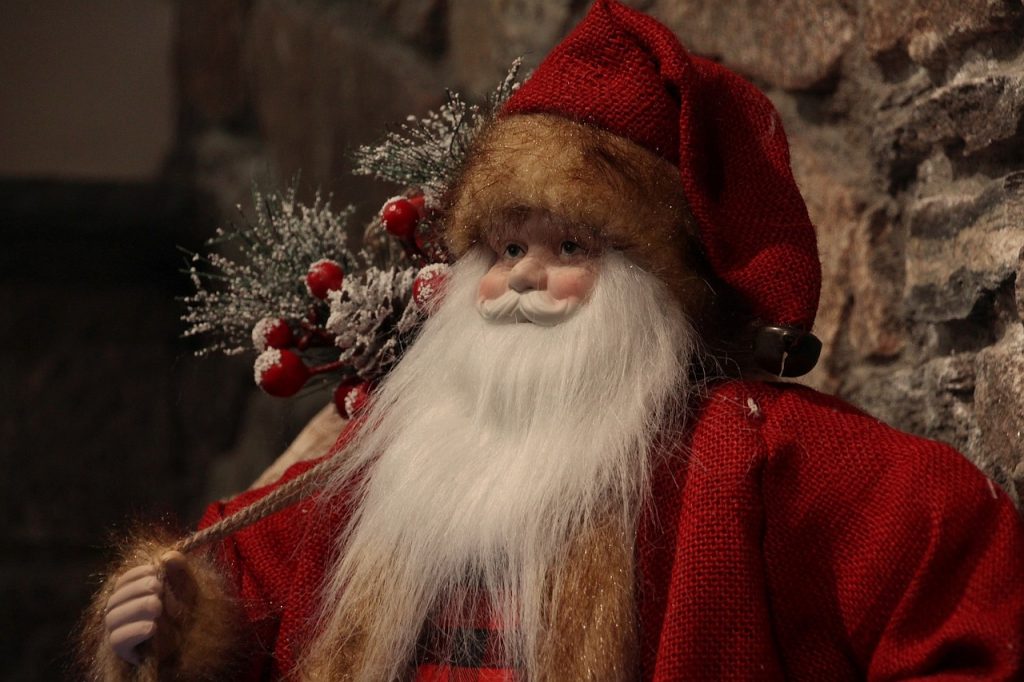
Santa, the happy tubby chappy in the red outfit, complete with beard and reindeer, was as we know invented by Coca Cola in America nearly 100 years ago and this outfit with the sleigh and reindeer has pushed out St. Nicholas the Bishop of Mira with his mitre and staff. Many people in our communities insist that he should remain in his bishops cloak and mitre but in the times of St. Nicholas, mitres hadn’t been invented and he would have worn an omophorion – a wide sash with a cross on the shoulders, the chest and the back, made of wool to signify a shepherd. However since those times the mitre and staff have become synonymous with a bishop’s garb and so Św. Mikołaj must be dressed so! Or so some people say!
Dziadek Mróz (Grandfather Frost)
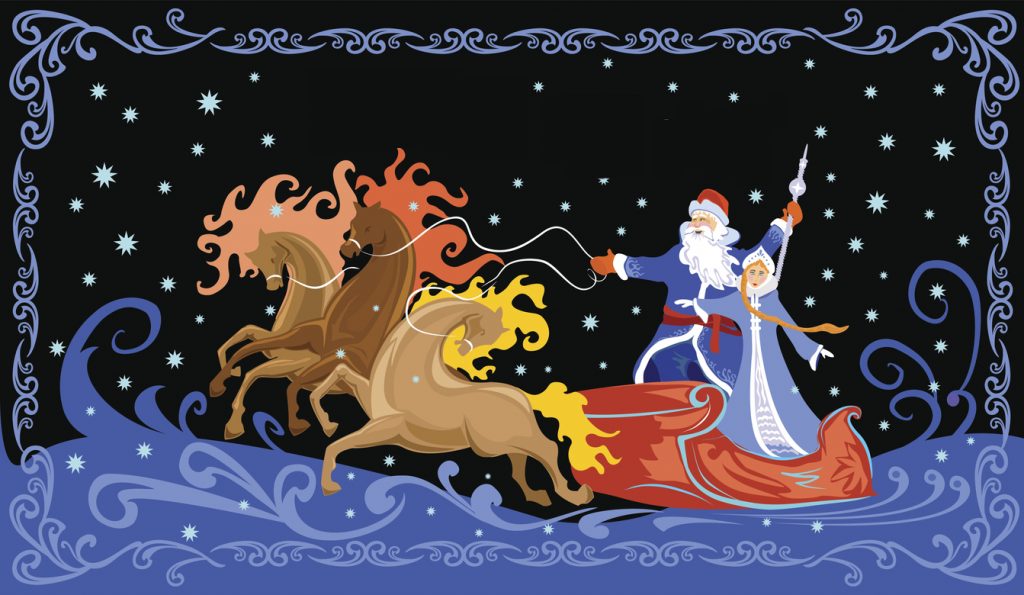
Grandfather Frost is a Soviet invention invented to topple all the religious present givers. His floor-length coat could be red, blue or silver, tied with string. With an extremely long beard, he travells by sledge but there is no reindeer in sight. Pulled by three horses, he is often accompanied by his granddaughter Śnieżyna (snow maiden). No chimneys are involved either – he uses a door. Taken from Slavic legends, he never took off in Poland but remains the present giver in Russia and Belarus. In 1998 the major of Moscow, concerned that he might disappear from popular culture, announced that he resides in Wielki Ustiug in the Vologrod region.
Krasnoludki (Gnomes)
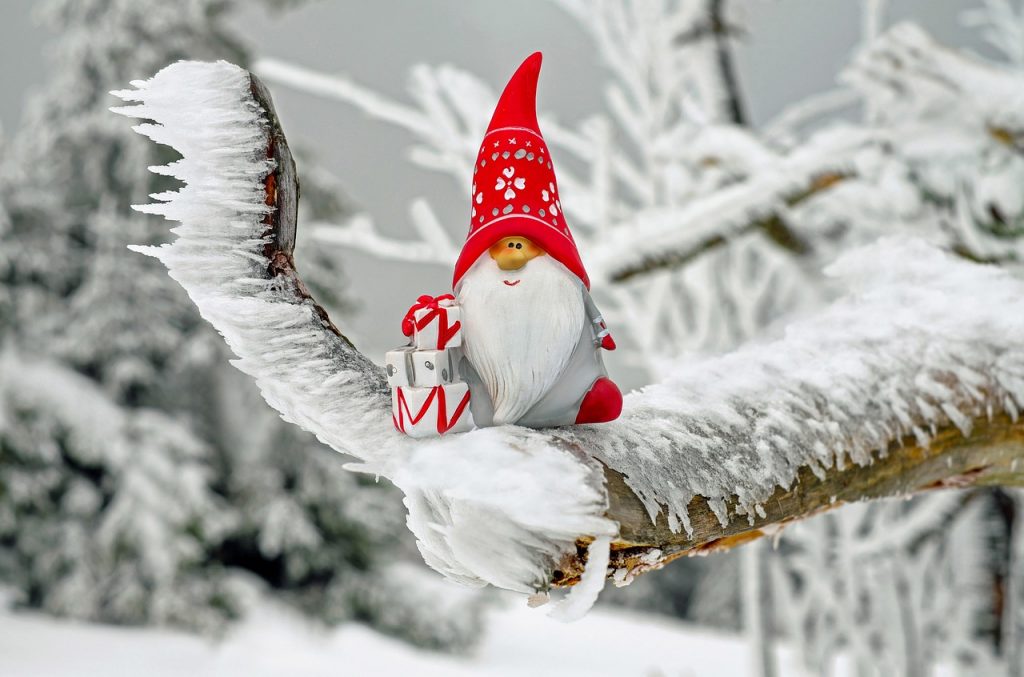
Apparently there is a pocket of land where the humble gnomes bring presents to children – in the valleys of the San river (Roztocza) in Southeastern Poland. “Ludzie Myślcie sobie, jak tam chcecie. A ja przecież wam powiadam: Krasnoludki są na świecie” . “People think whatever you want. But I’m telling you: there are gnomes in this world” (Maria Konopnicka)
Whoever comes to you this Christmas, it doesn’t change the joy of giving and receiving presents. Whilst Św. Mikołaj doesn’t make sense to me, Aniołek won’t mean a thing to others. Do let me know who comes to you and whether it was your mother’s or father’s family who set the tradition or perhaps you have created your own?
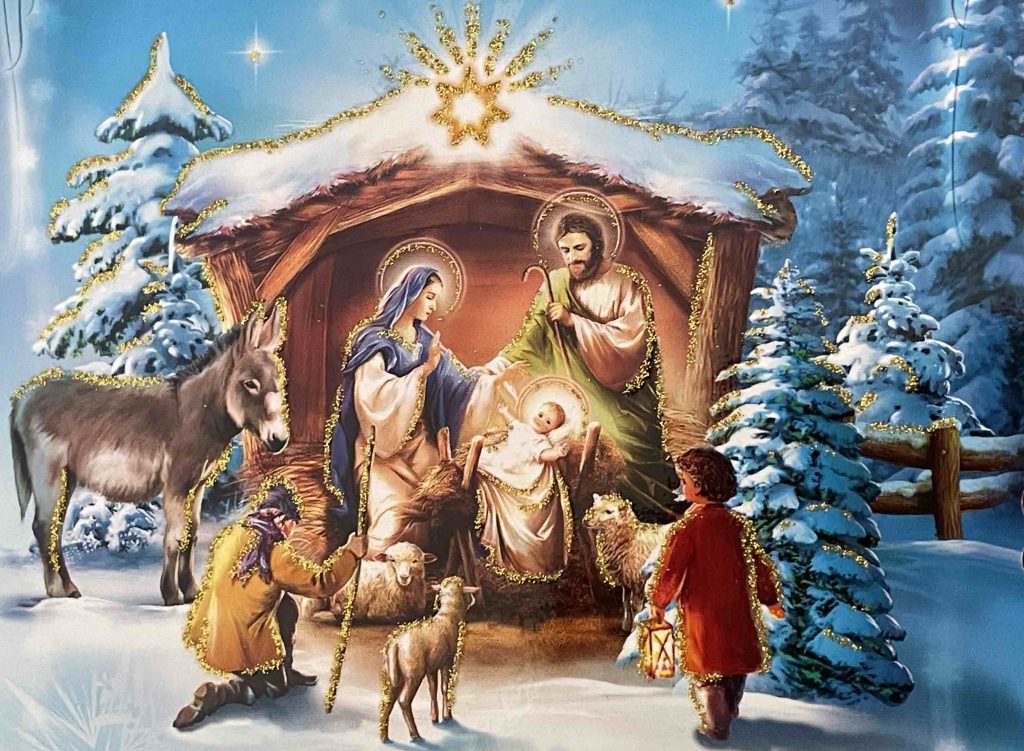
Wishing you and your families a peaceful and joyful Christmas. Full of magic and every hope for a successful and happy New Year
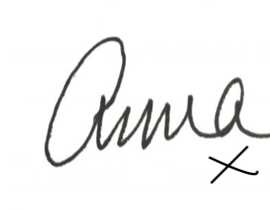
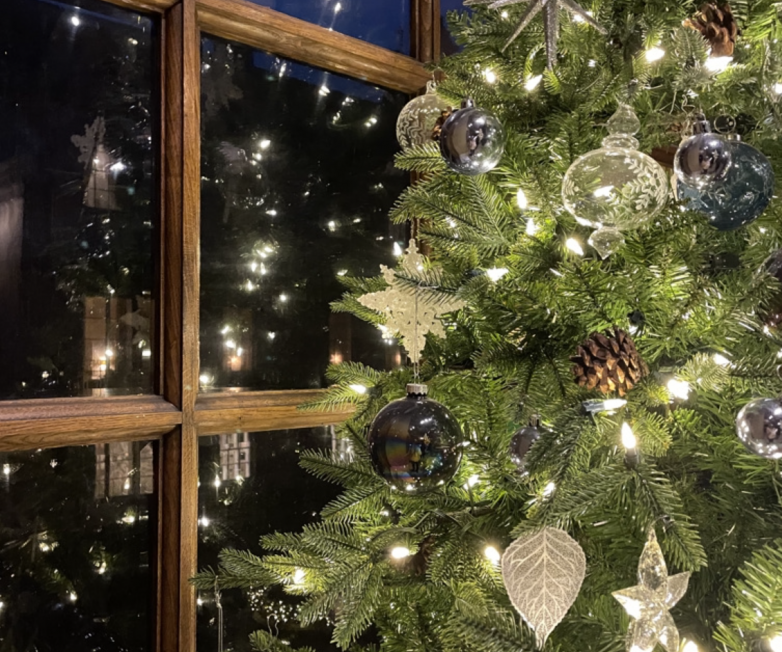
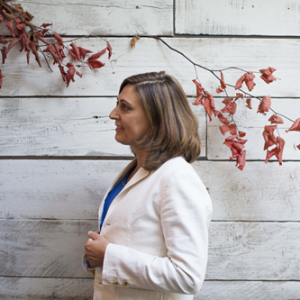
 1.Tracing Family History pre-WW2
1.Tracing Family History pre-WW2 2. Tracing Family History WW2
2. Tracing Family History WW2